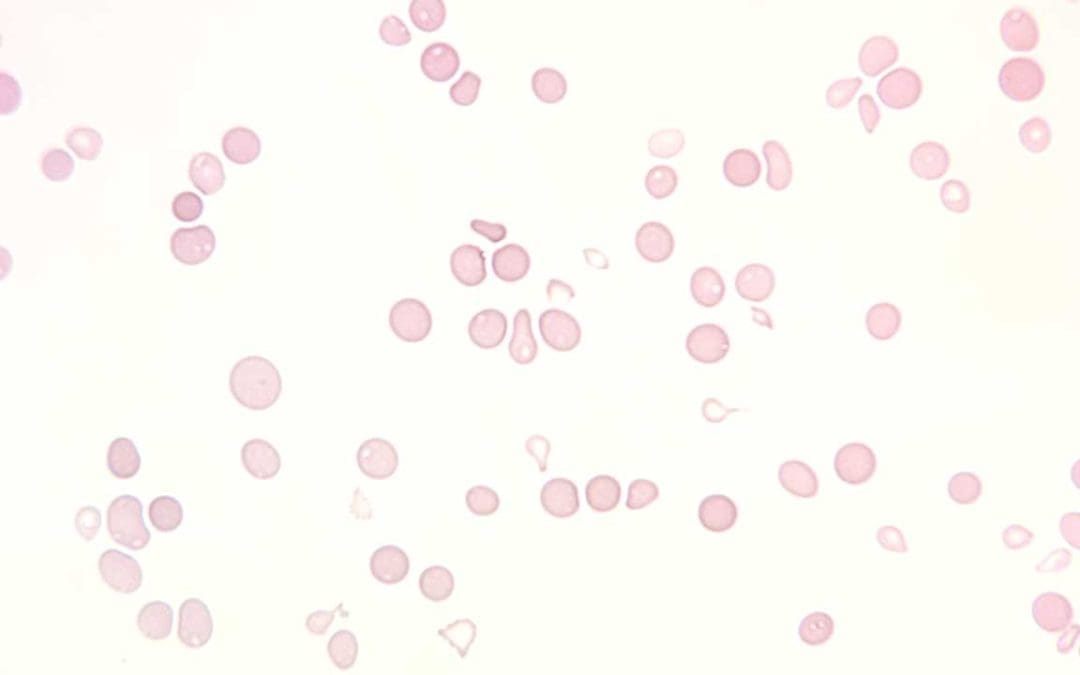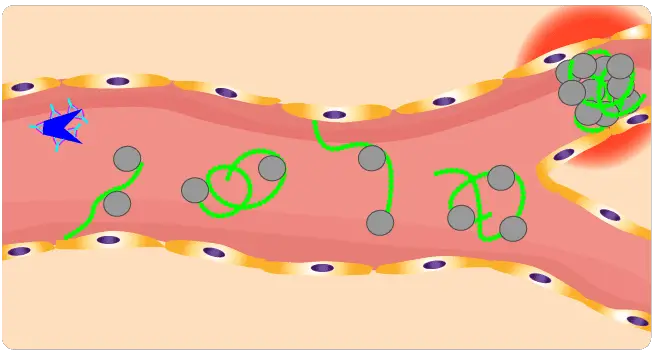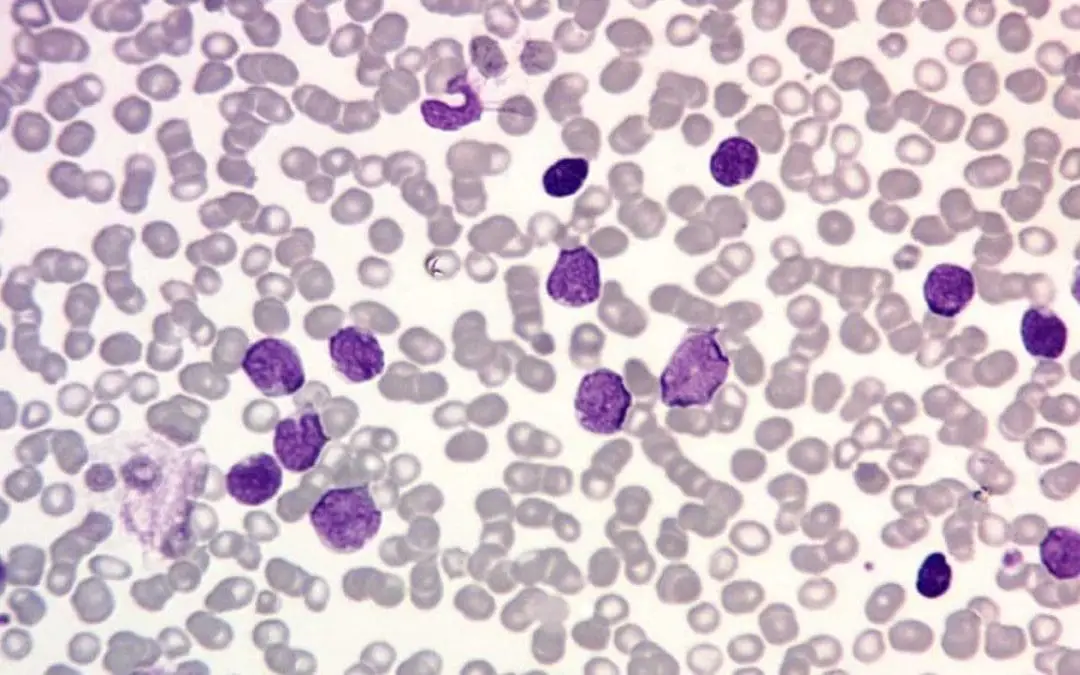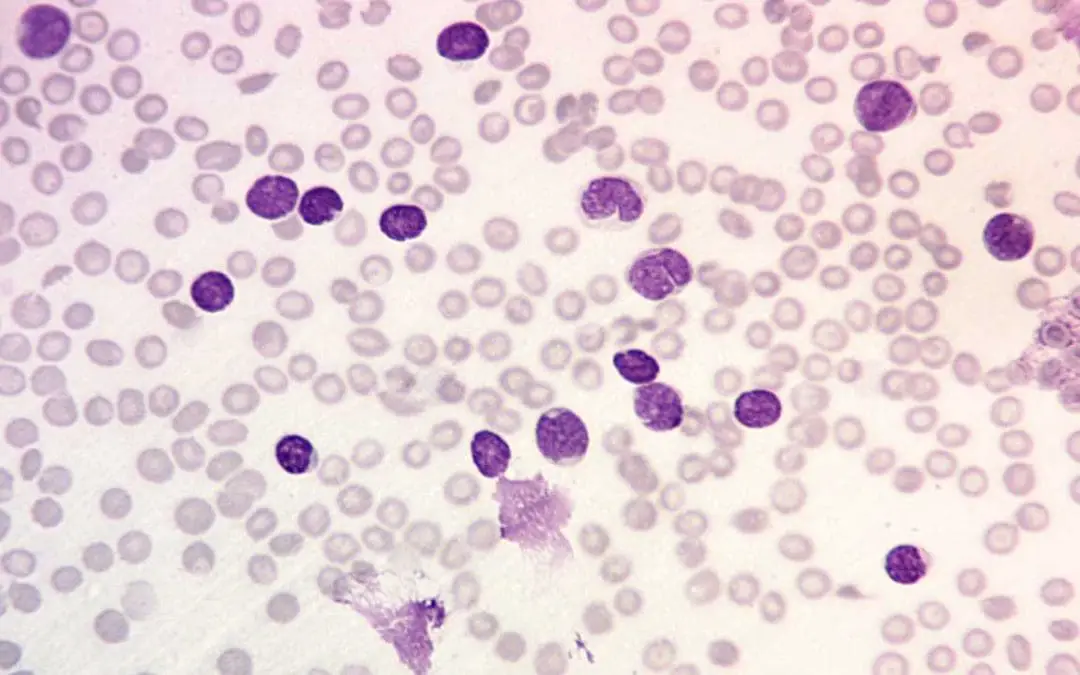
by MH Team | Nov 9, 2023 | Red Blood Cells
TL;DR Aplastic anemia (AA) causes pancytopenia (reduction of all blood cell types: RBCs, WBCs and platelets) due to aplasia (failure) of the bone marrow to function (to produce blood cells). Causes▾: Congenital e.g. Fanconi anemia, dyskeratosis congenita...

by MH Team | Nov 3, 2023 | Platelet Disorders
TL;DR Thrombotic thrombocytopenic purpura (TTP) is a type of thrombocytopenia due to deficiency of ADAMTS13 metalloprotease which leads to formation of platelet thrombi in microvessels. Signs and symptoms (pentad) ▾: Thrombocytopenia Microangiopathic...

by MH Team | Nov 3, 2023 | White Blood Cells
TL;DR T-ALL, or T-cell Acute Lymphoblastic Leukemia, is a type of blood cancer that affects T cells, a type of white blood cell. It is characterized by the uncontrolled growth and proliferation of immature T cells, leading to the replacement of healthy blood cells in...

by MH Team | Nov 2, 2023 | White Blood Cells
TL;DR B-ALL, or B-cell Acute Lymphoblastic Leukemia, is a type of blood cancer that affects B cells, a type of white blood cell. It is characterized by the uncontrolled growth and proliferation of immature B cells, leading to the replacement of healthy blood cells in...

by MH Team | Nov 1, 2023 | Lab Protocols, White Blood Cells
Procedure At A Glance The Periodic Acid-Schiff stain (PAS staining) is a cost-effective method to primarily used to identify and characterize various hematological disorders, especially leukemias. Fix air-dried blood/bone marrow films for 1 minute at room temperature....







Recent Comments